Hi everyone!
Espresso, do you drink it? I have a feeling that my non-Japanese readers are a lot more familiar with the tiny rich and strong coffee drink.
In Japan, it is really rare to come by espresso. Of course if you go to a Starbucks they do have it on the menu, but I have never seen anyone order it or drinking it. And it is unlikely that some restaurant will serve you espresso. Pour-over coffee is standard in japan, and even if coffee comes from an espresso machine, it’s usually served as and americano or some milk drink.
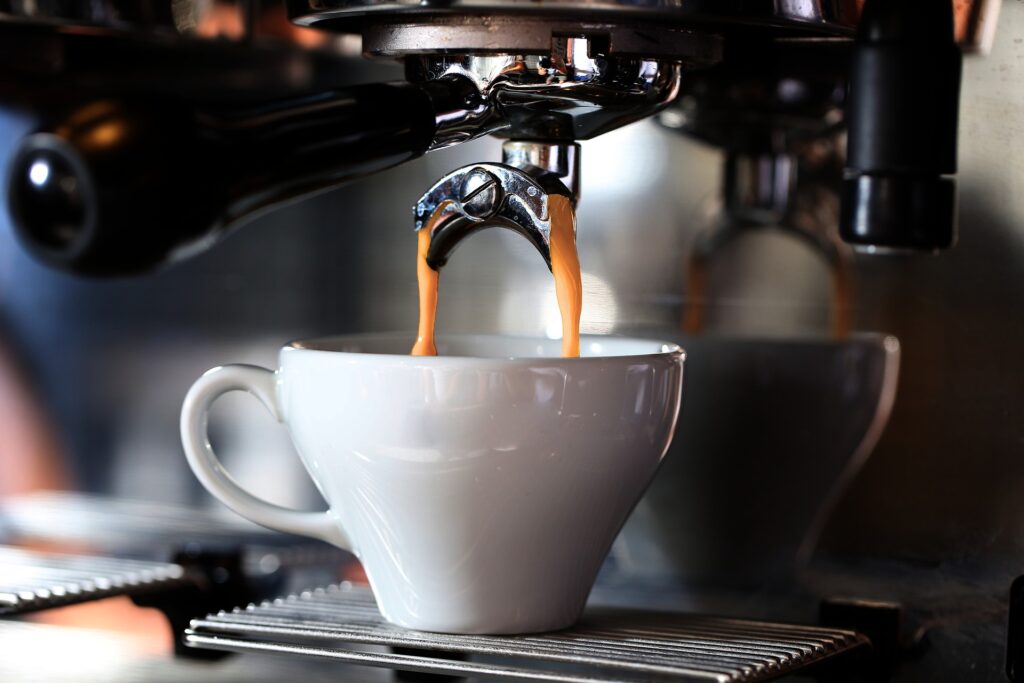
To be honest, I have only had espresso countable numbers of times. The one that I remember the most is the cup I had at the end of dinner in France, when I traveled for work there. It was before I got really into coffee brewing, so I don’t remember too much about the taste, but I do remember enjoying it quite a lot.
I have really been intrigued by espresso recently, from watching coffee related channels on YouTube. Let me share some basics and a little bit about the espresso situation in Japan.
Espresso as a ingredient
Espresso is a key ingredient in a lot of coffee drinks. When you get a latte, you are indirectly having some espresso. In Japan as well, espresso based milk drinks are very popular.
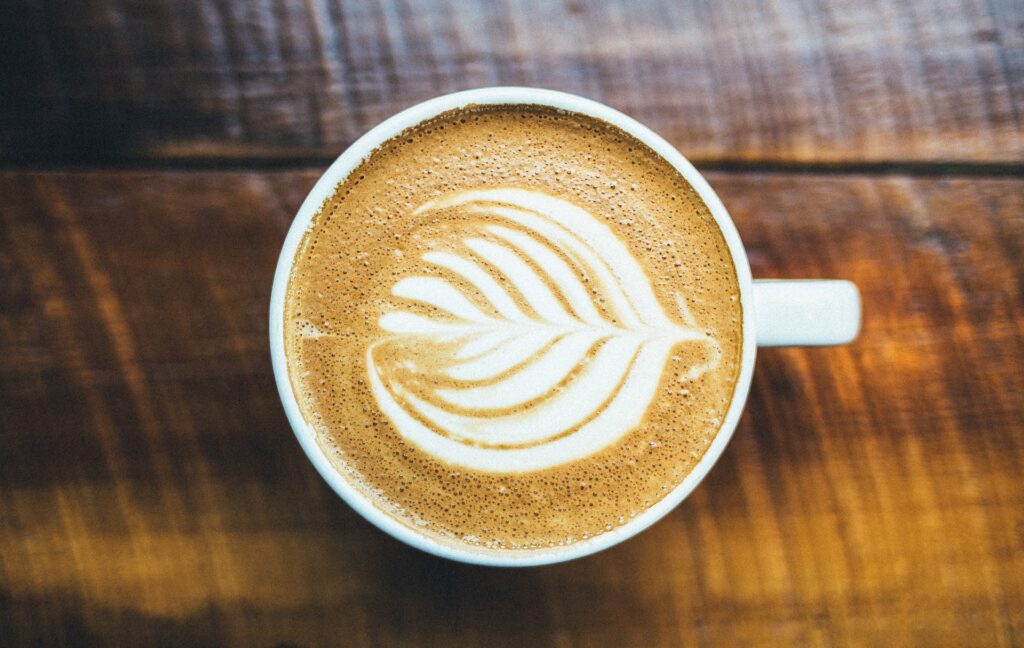
To name a few examples of coffee drinks based on espresso;
- Cafe Latte, Cappuccino : Espresso with steamed milk. The ratio of coffee to milk gives many variants
- Mocha : Espresso with steamed milk and some chocolate
- Americano : Espresso with hot water added
- Affogato : Espresso on ice cream
- Frappe : Espresso with finely crushed ice
Theres is too many to list all so I will stop here, but you get the point, there are lots.
The reason why these drinks use espresso, in stead of a pour-over coffee, is its strength. Espresso is able to keep the coffee flavor even after mixing it with other ingredients.
I think this characteristic of espresso makes it very interesting. The world of Latte Art seems like a whole lot of fun as well.
Espresso as is
So I touched on this in the beginning but I think drinking espresso directly is not really common in some parts of the world. I can say for at least Japan this is the case. I personally brew all my coffee as pour-overs.
I’ve been watching YouTube videos from people in the US, and UK, and it seems that, at least among the coffee enthusiast community, quite a lot of content covers espresso. So for people who are really into coffee, espresso is a pretty common brewing method.
What I find interesting is how none of the Japanese Coffee YouTubers seem to cover espresso. So even with coffee enthusiasts, espresso is just not a thing in Japan. I really feel like we are missing out quite a bit here. Maybe I can help spread the word in Japan through this blog, wish me luck.
Anyway jumping back to topic, one of the things that really pulled me in and got be interested in espresso is the look of how it flows.
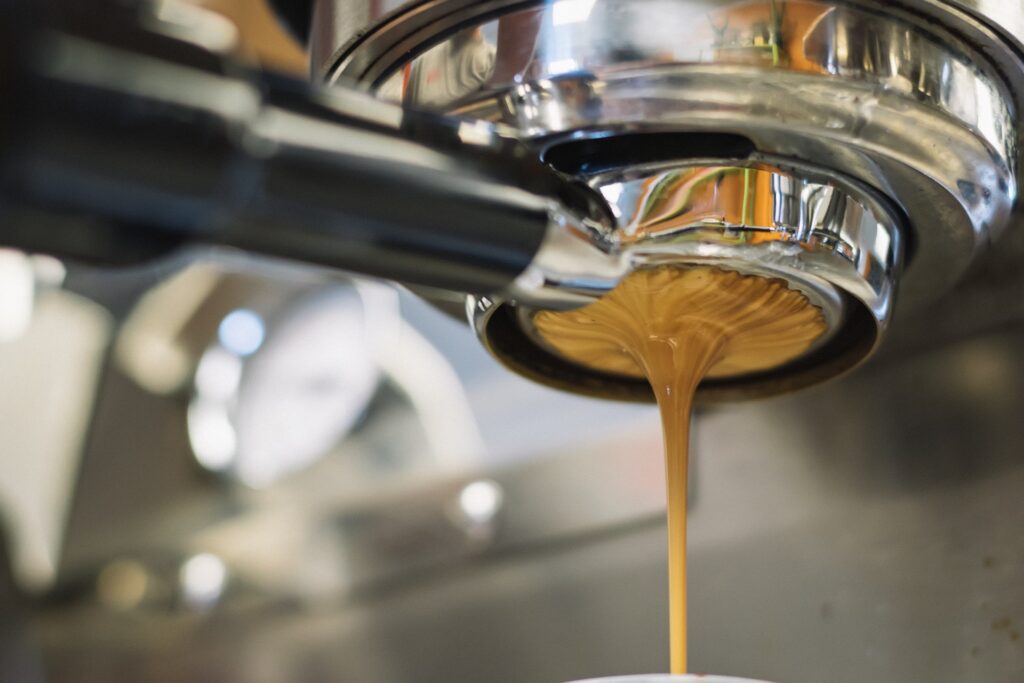
I especially liked this video from James Hoffmann. His work is just fantastic.
This smooth silky look, and how the bubbles are trapped in the liquid, simply mesmerizing.
The barrier to entry for espresso
So why is espresso not very common in home brewing, especially in Japan?
Well for one, I think it’s the cost of machines. Decent quality espresso machines will cost at least $400. (I would like to leave the discussion for what makes a machine “decent” for another post) Like the Gaggia Classic Pro, which is a very popular entry level (but one that is capable of producing legitimate espresso) will cost around $450.
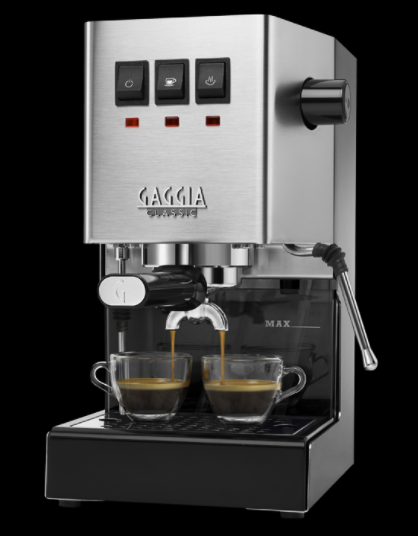
Source:Gaggia
What makes is even worse in Japan is that manufacturers don’t directly offer these machines in the Japanese market. So this exact same machine easily costs about $1000 in Japan. This is probably because of the low demand in Japan. Low demand prevents manufacturers to sell them in a wide scale, which then drives up costs, which in turn reduces the demand even lower. It’s a vicious cycle.
Another reason is the machine size. Even though there are smaller machines designed for home use, they do take up a significant amount of space on the kitchen counter. It’s quite difficult to allocate that much space unless you are quite committed to coffee.
There are ways to brew espresso-like strong coffees. One good example is a moka pot. I own a moka pot, but it kind of finicky to use and I have not used it that often. And the coffee you get is really just not true espresso.
In cafes, espresso machines are common, even in Japan. But since people are not familiar with espresso, no one orders one. Maybe it’s the tiny cup. It just feels more expensive than a normal sized americano. Although, the amount of coffee used in each are pretty much the same.
I really want an espresso machine…
Thank you for following along with my unorganized thoughts about espresso, and the situation in Japan.
My urge to buy an espresso machine is building up day by day. It might be a while before I actually get one, but I will continue sharing some info and tips I collect during my search for a machine to buy.
If you are in the States, its much easier for you to get into espresso brewing compared to me. Maybe give it a go. I would be happy if this post tickled your interest, even slightly.


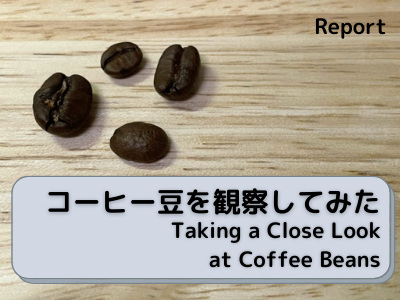
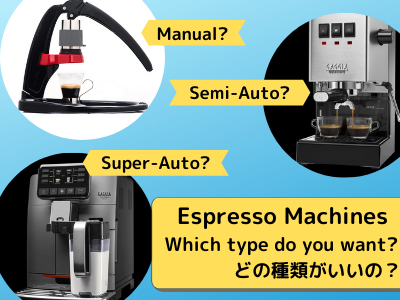
コメント